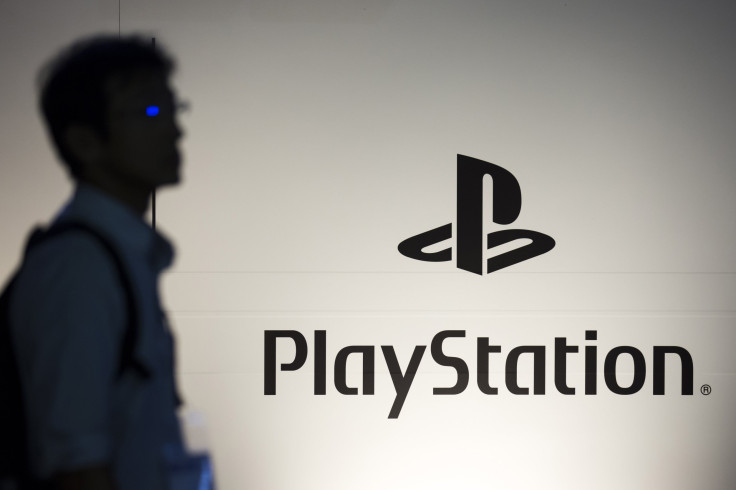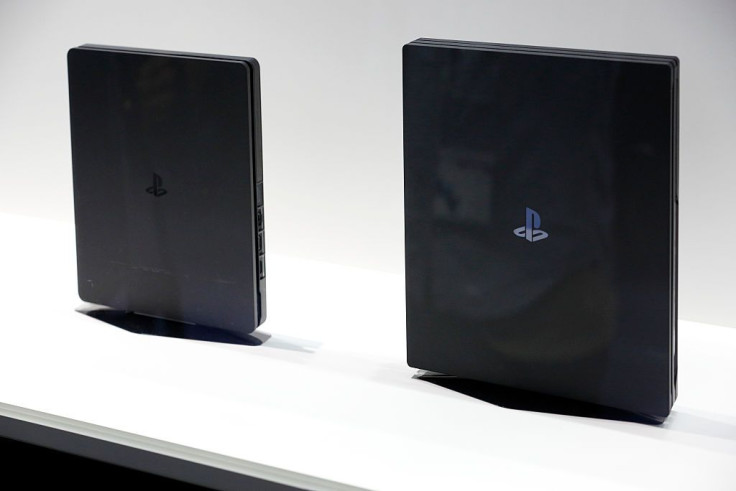Sony's Next PlayStation Will Be Powered By AMD

Before the resurgence of Advanced Micro Devices' (NASDAQ:AMD) CPU business, driven by the Ryzen line in PCs and its EPYC processors for servers, the company wasn't doing well. AMD posted annual losses from 2012 through 2016. Its previous generation of products was exceptionally poor compared to Intel's offerings, and the company's market share reflected that fact.
During those dark years, game consoles helped keep AMD afloat. Both Sony's (NYSE:SNE)PlayStation 4 and Microsoft's Xbox One are powered by AMD CPUs and GPUs. The revenue from nearly 140 million game consoles bought AMD enough time to stage a comeback.
And those consoles will continue to be an important part of AMD's business. In an exclusive interview with Wired, Mark Cerny, the lead system architect for Sony's next-generation game console, unveiled the first details of the successor to the PlayStation 4. AMD hardware is front and center.
Next-gen hardware
That Sony chose AMD to power its new console isn't all that surprising. Backward-compatibility with PS4 games is a desirable feature -- one that the PS4 didn't have with PS3 games due to an architecture switch. The PS3 was powered by a custom chip based on the uncommon Cell architecture, vastly different than the chips that power PCs and the current generation of game consoles.
Sticking with AMD also makes life easier for game developers, who won't need to deal with an entirely new type of system.
The new console will feature a chip with an eight-core CPU based on AMD's upcoming third-generation Ryzen line of processors, which use the company's Zen 2 architecture. Like the soon-to-be-released Ryzen 3000 series, the chip will be built on a 7nm manufacturing process.
The GPU will be a custom version of AMD's Radeon Navi GPU, which is also set to launch this year. Somewhat surprisingly, the console will support ray tracing. This could mean that AMD's custom GPU, or even all Navi GPUs, have some specialized ray tracing hardware onboard. Nvidia's RTX series of graphics cards are capable of ray tracing due to cores designed for the computationally intensive task.
The AMD chip will also include "a custom unit for 3D audio," which Cerny says will allow the new console to provide more immersive sound. And instead of a hard drive, a solid-state drive will be standard, reducing load times substantially.
Sony's as-yet-unnamed next-gen console won't launch this year, and no firm date was given. But given that the PS4 is nearly 6 years old, this new AMD-powered console likely isn't too far off.

Good news for AMD
AMD doesn't disclose exactly how much revenue it receives for its semi-custom console chips, but the broader enterprise, embedded, and semi-custom segment in which they are included produced $2.35 billion of revenue in 2018, about 36 percent of the company's total revenue.
Console chips are a lower-margin product for AMD than PC chips. The semi-custom segment's operating margin was about 6.9 percent in 2018, although the growth of EPYC server chip sales likely boosted that number. The segment produced an operating margin of 5.8 percent in 2017. Meanwhile, the computing and graphics segment, which includes PC CPUs and GPUs, delivered an operating margin of 11.4 percent in 2018.
So growing revenue from game consoles won't boost the bottom line nearly as fast as growing revenue from PC chips. For AMD's profits to really surge, it will need to keep winning market share from Intel.
Still, maintaining its grip on the game console market certainly helps the cause. If Sony's next console is as successful as the PS4 has been, AMD will have a reliable source of revenue for years to come.
This article originally appeared in The Motley Fool.
Teresa Kersten, an employee of LinkedIn, a Microsoft subsidiary, is a member of The Motley Fool's board of directors. Timothy Green has no position in any of the stocks mentioned. The Motley Fool owns shares of and recommends Microsoft and NVIDIA. The Motley Fool has a disclosure policy.





















